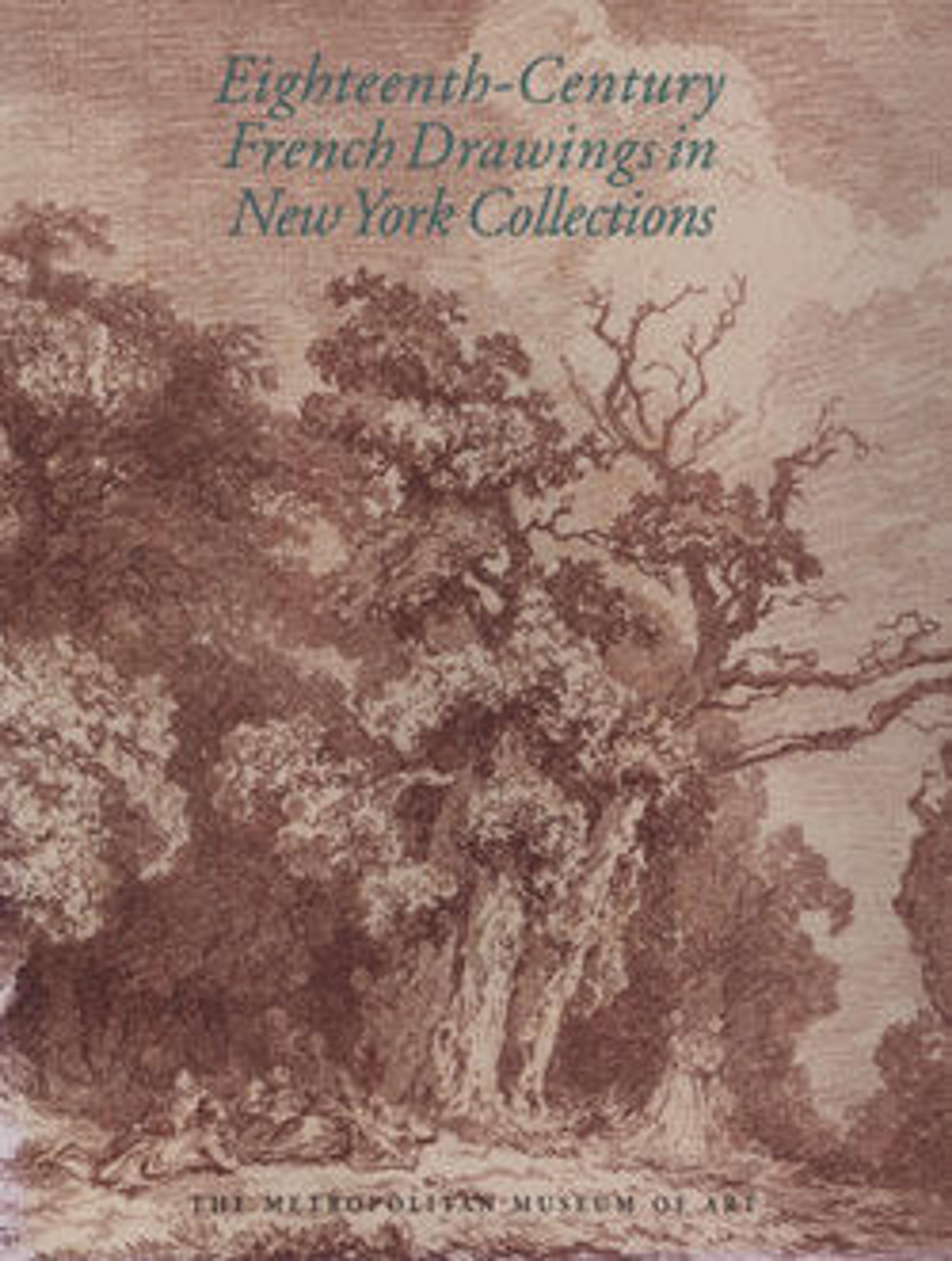Elements of a Light-Cavalry Armor
This armor is a rare example of the fluted, or "Maximilian," style in its earliest stages. The armor was made in either Mühlau or in neighboring Innsbruck soon after the Emperor Maximilian I (1459–1519) established his court armor-making workshop in Innsbruck in 1504. Little is known of its maker, Christian Schreiner the Younger. Few of his works survive, and this is the most complete.
A strong Italian influence is apparent in this armor and in armors of the Innsbruck/Mühlau school in general. They are characterized by full rounded forms and sparing use of surface ornament as opposed to the purely German Gothic style typified by slender proportions and pierced openwork.
Particularly distinctive are the gracefully bold mitten gauntlets, which blend features of late Gothic design with the evolving German Renaissance style.
A strong Italian influence is apparent in this armor and in armors of the Innsbruck/Mühlau school in general. They are characterized by full rounded forms and sparing use of surface ornament as opposed to the purely German Gothic style typified by slender proportions and pierced openwork.
Particularly distinctive are the gracefully bold mitten gauntlets, which blend features of late Gothic design with the evolving German Renaissance style.
Artwork Details
- Title: Elements of a Light-Cavalry Armor
- Armorer: Christian Schreiner the Younger (Austrian, Mühlau, recorded 1499–1528)
- Date: ca. 1505–10
- Geography: Innsbruck
- Culture: Austrian, Innsbruck or Mühlau
- Medium: Steel, leather
- Dimensions: H. as mounted approximately 32 in. (81.28 cm); Wt. 21 lb. 7 oz. (9724 g)
- Classification: Armor for Man-1/2 Armor
- Credit Line: Purchase, Mr. and Mrs. Arthur Ochs Sulzberger Gift, in honor of Helmut Nickel, 1991
- Object Number: 1991.4
- Curatorial Department: Arms and Armor
More Artwork
Research Resources
The Met provides unparalleled resources for research and welcomes an international community of students and scholars. The Met's Open Access API is where creators and researchers can connect to the The Met collection. Open Access data and public domain images are available for unrestricted commercial and noncommercial use without permission or fee.
To request images under copyright and other restrictions, please use this Image Request form.
Feedback
We continue to research and examine historical and cultural context for objects in The Met collection. If you have comments or questions about this object record, please contact us using the form below. The Museum looks forward to receiving your comments.
